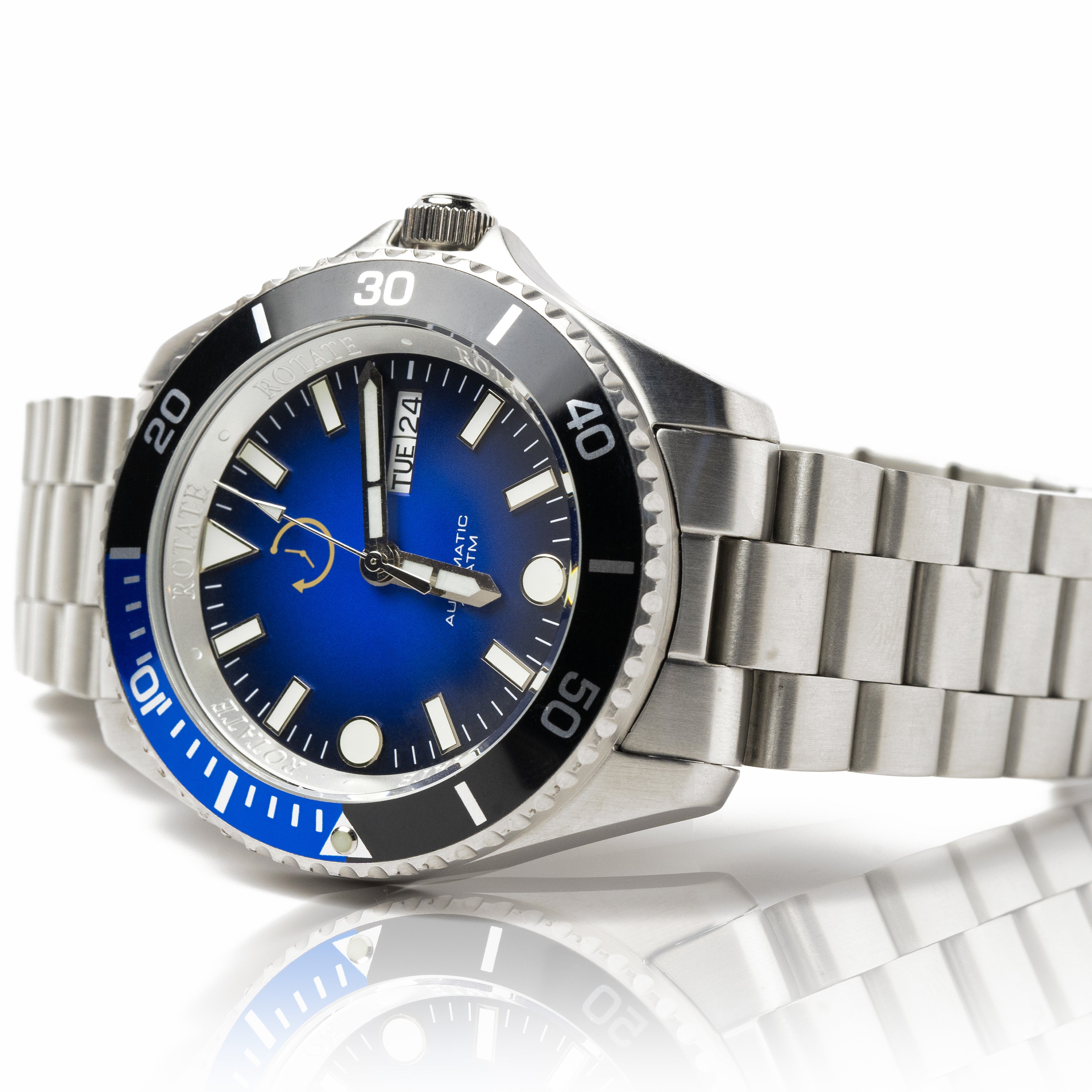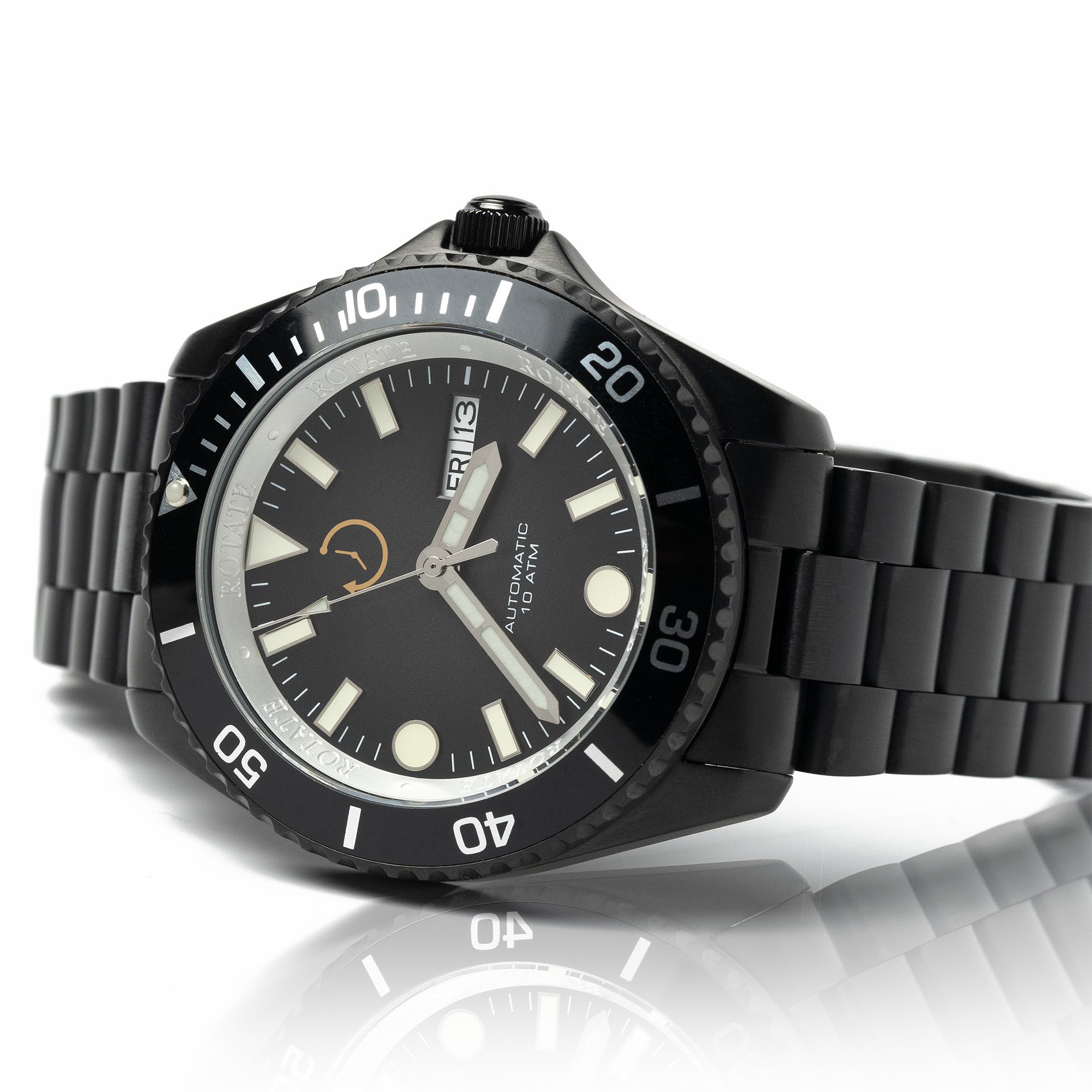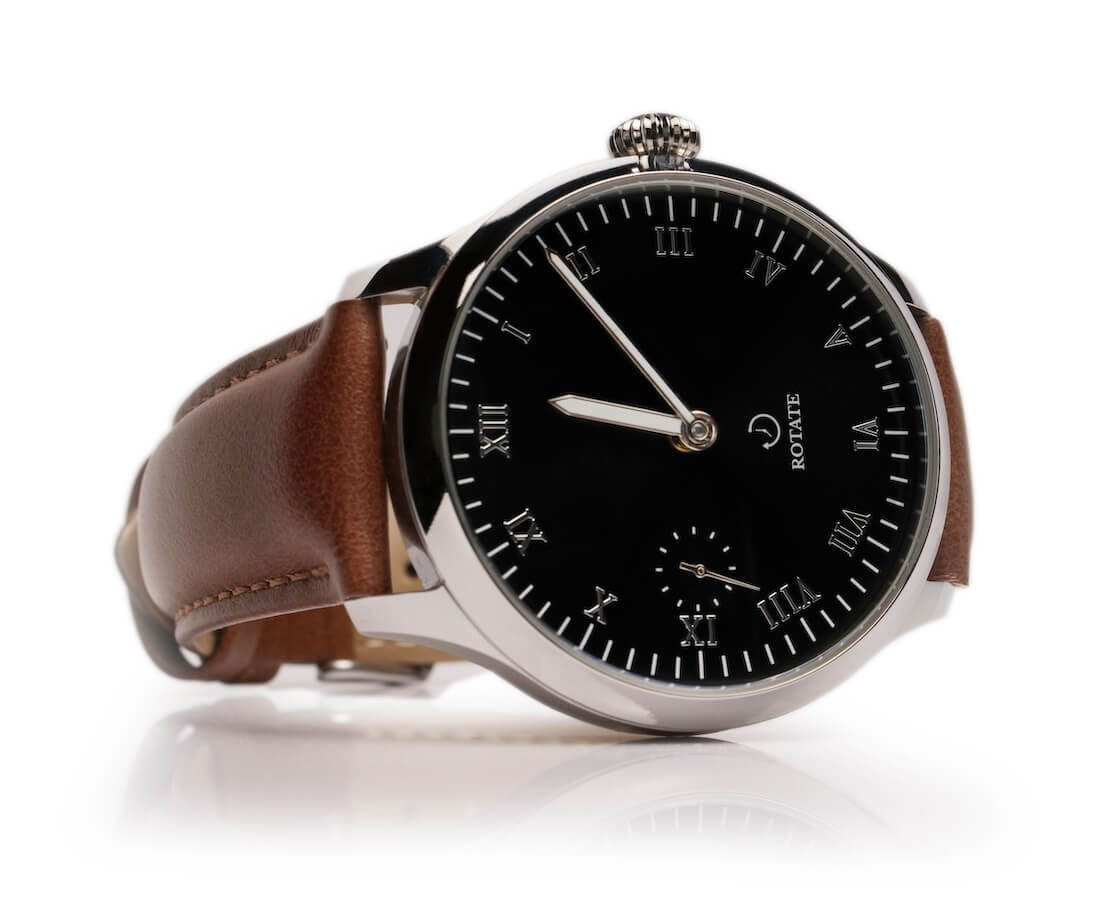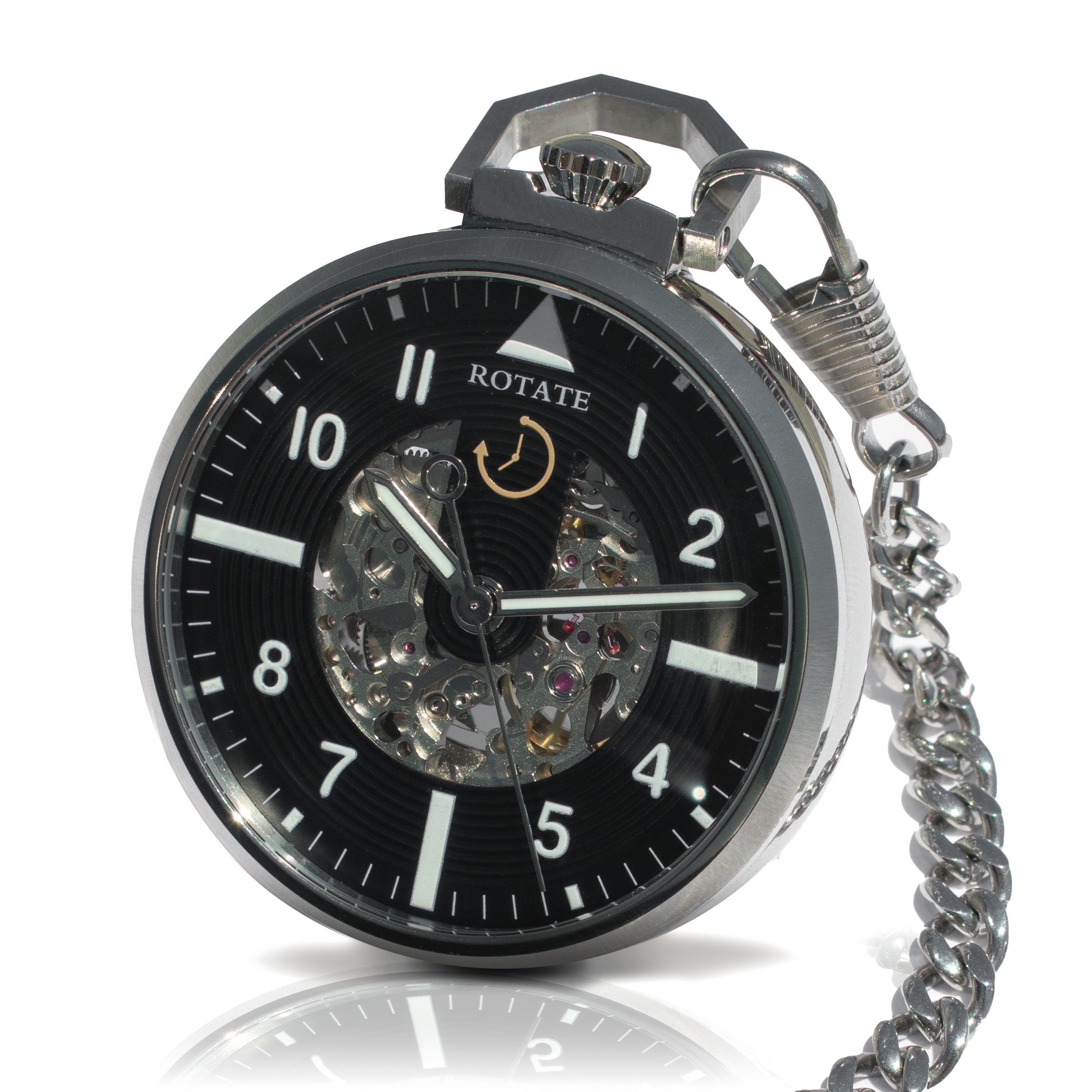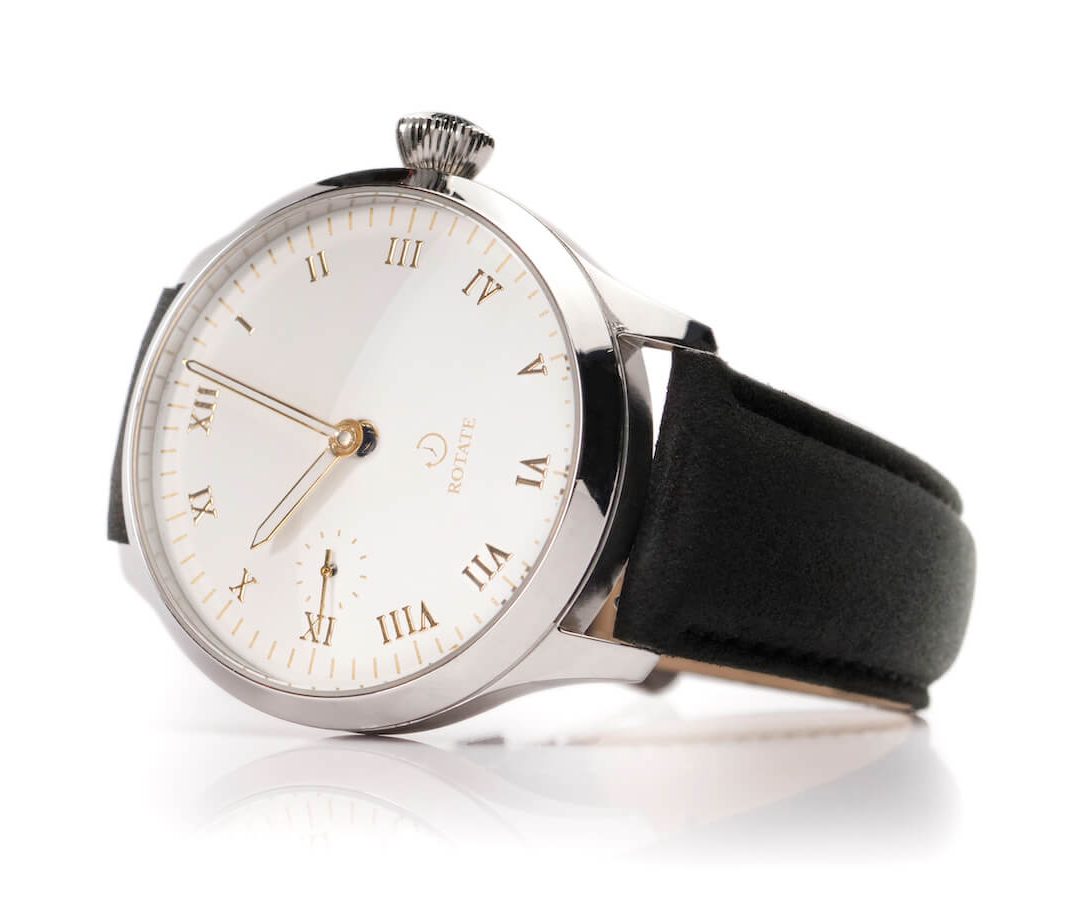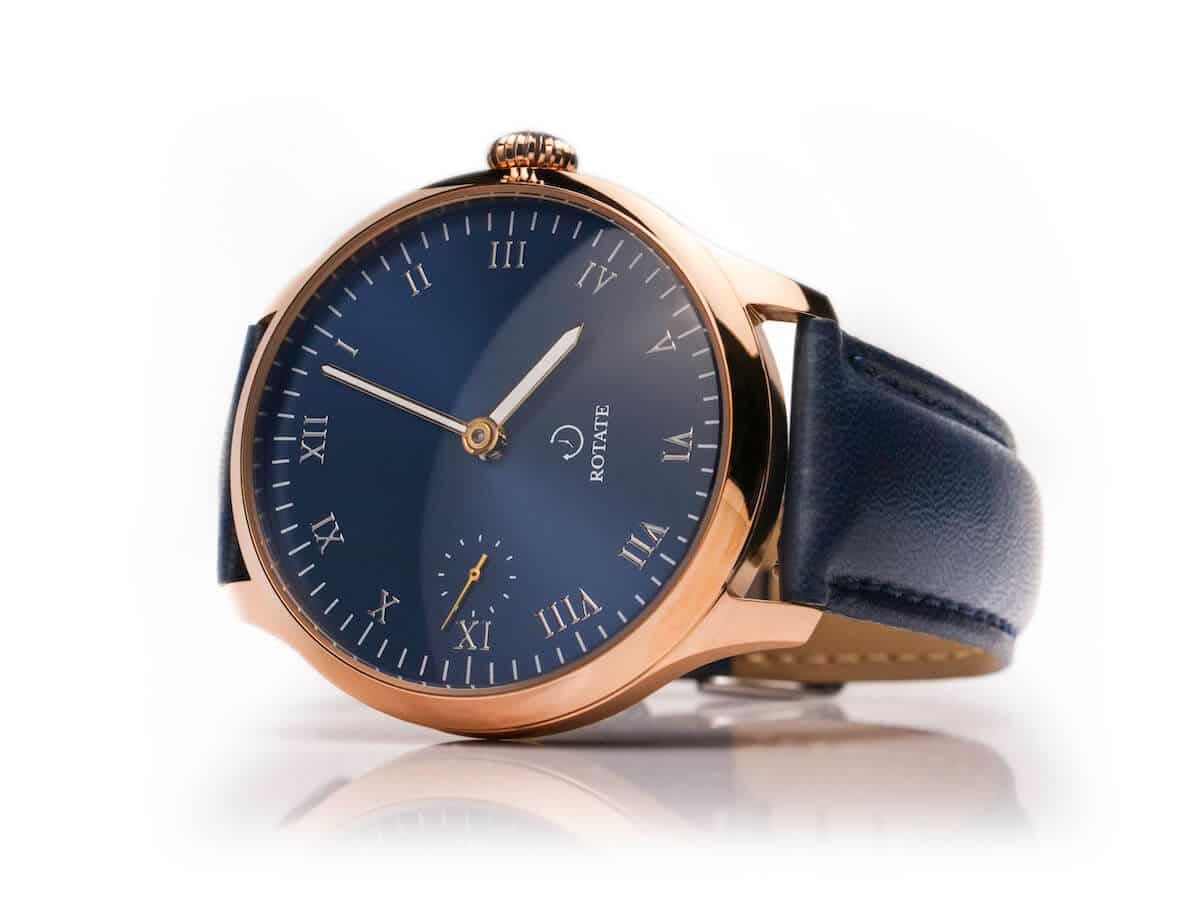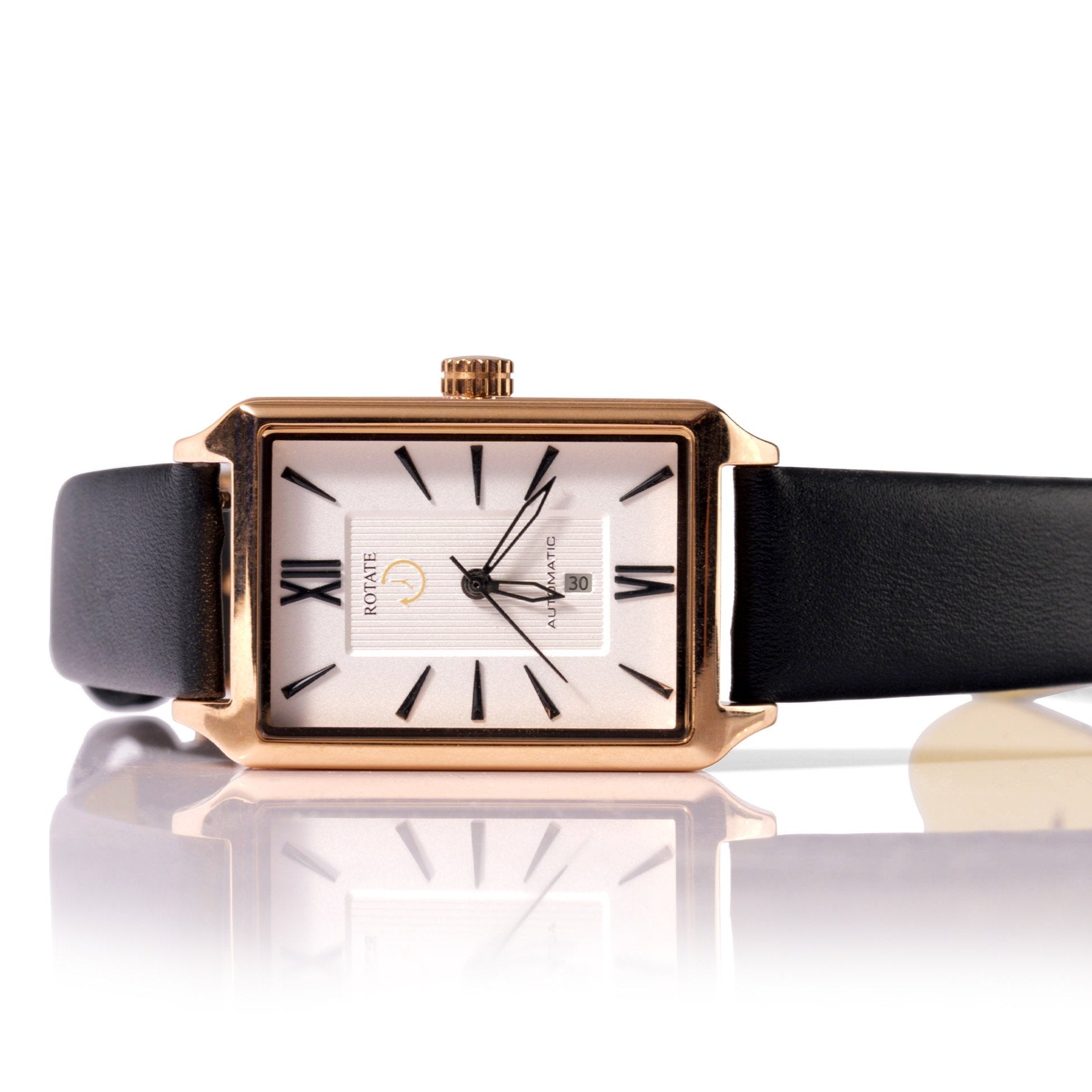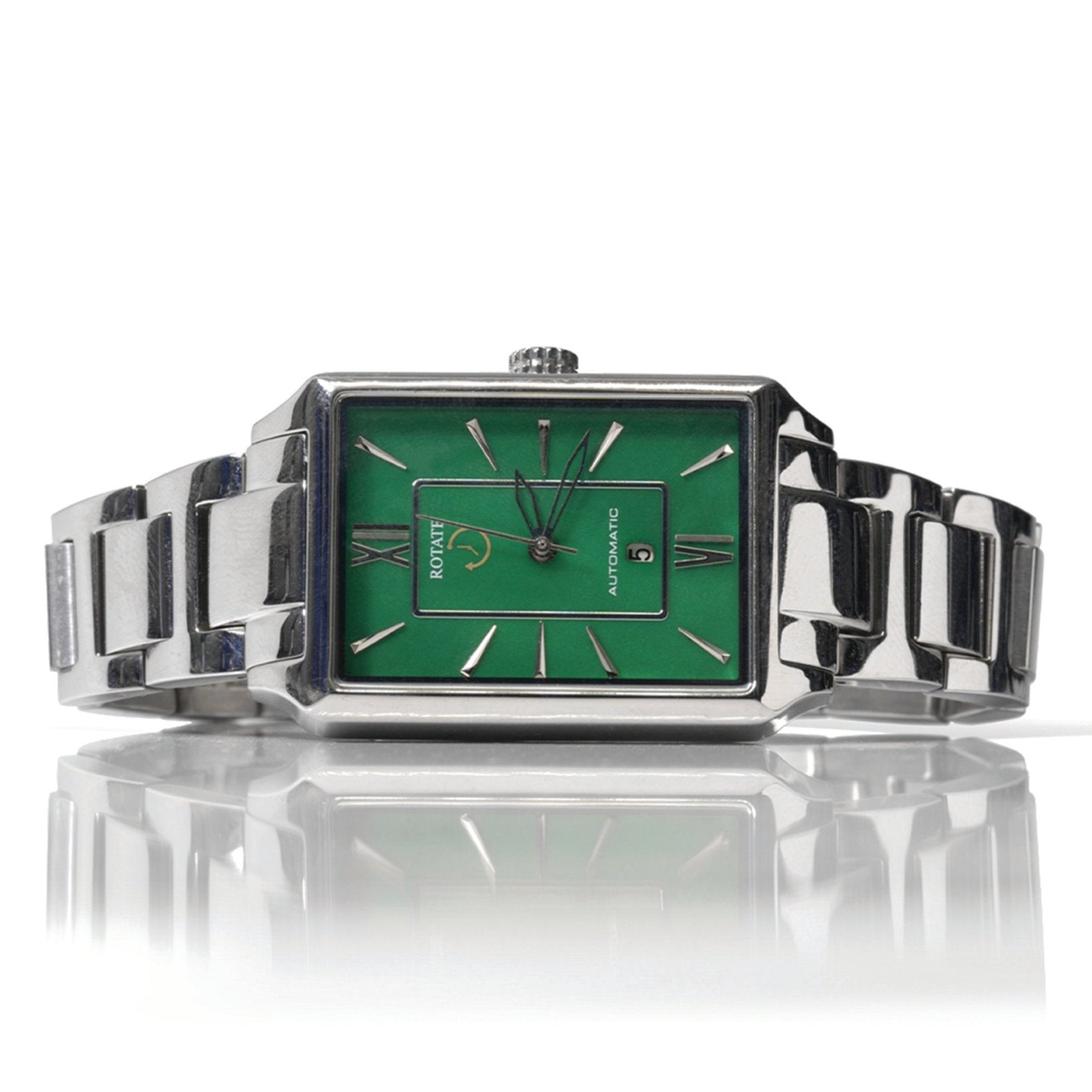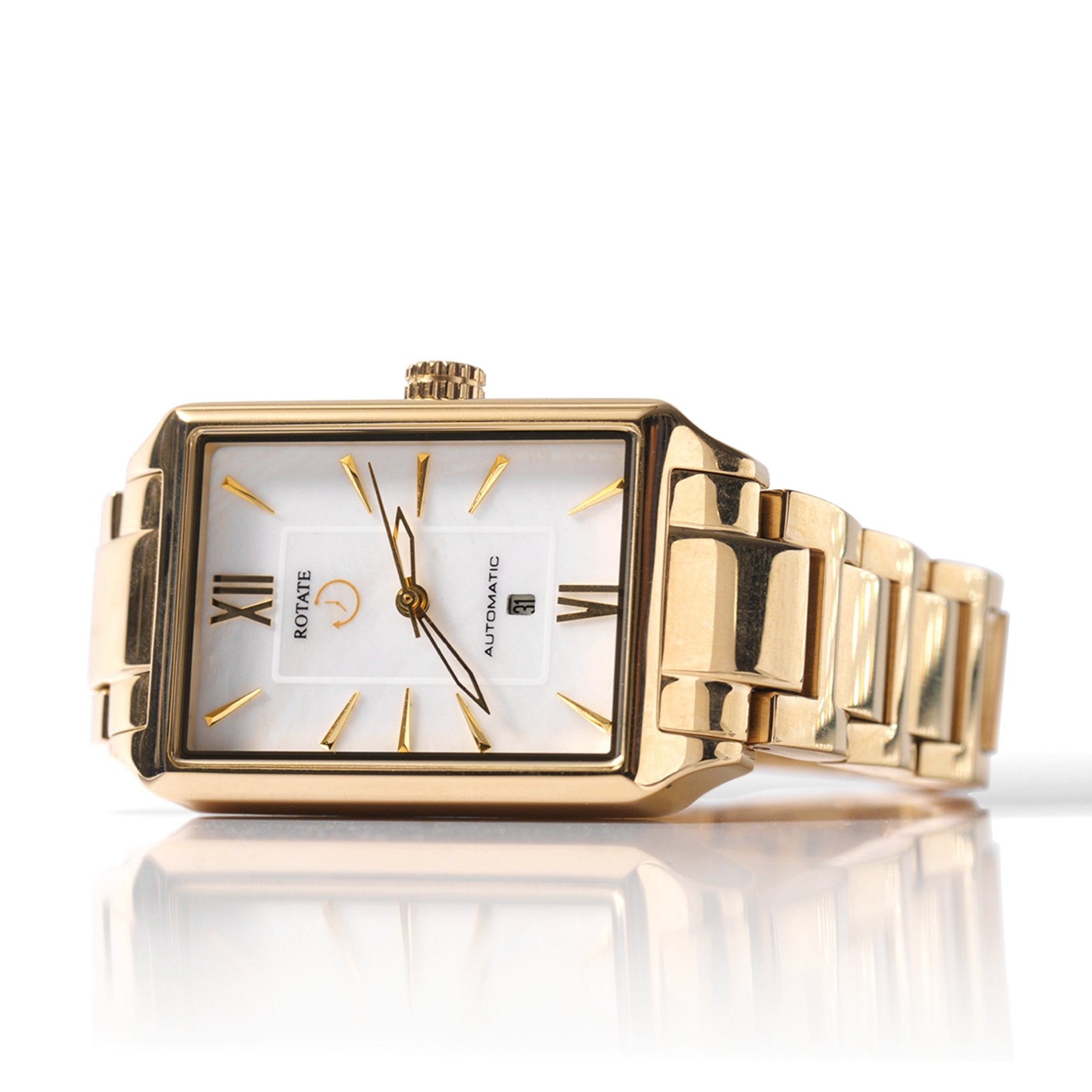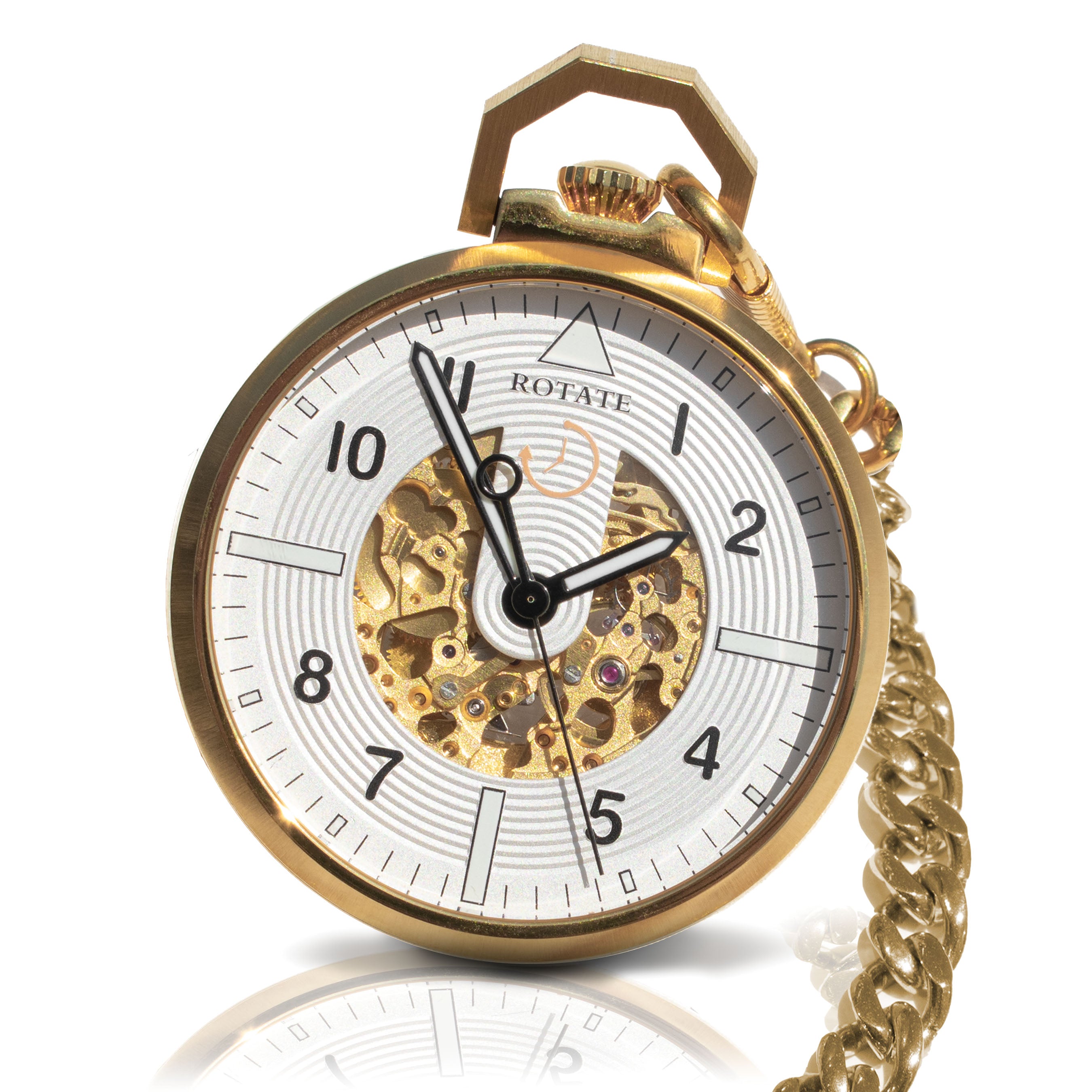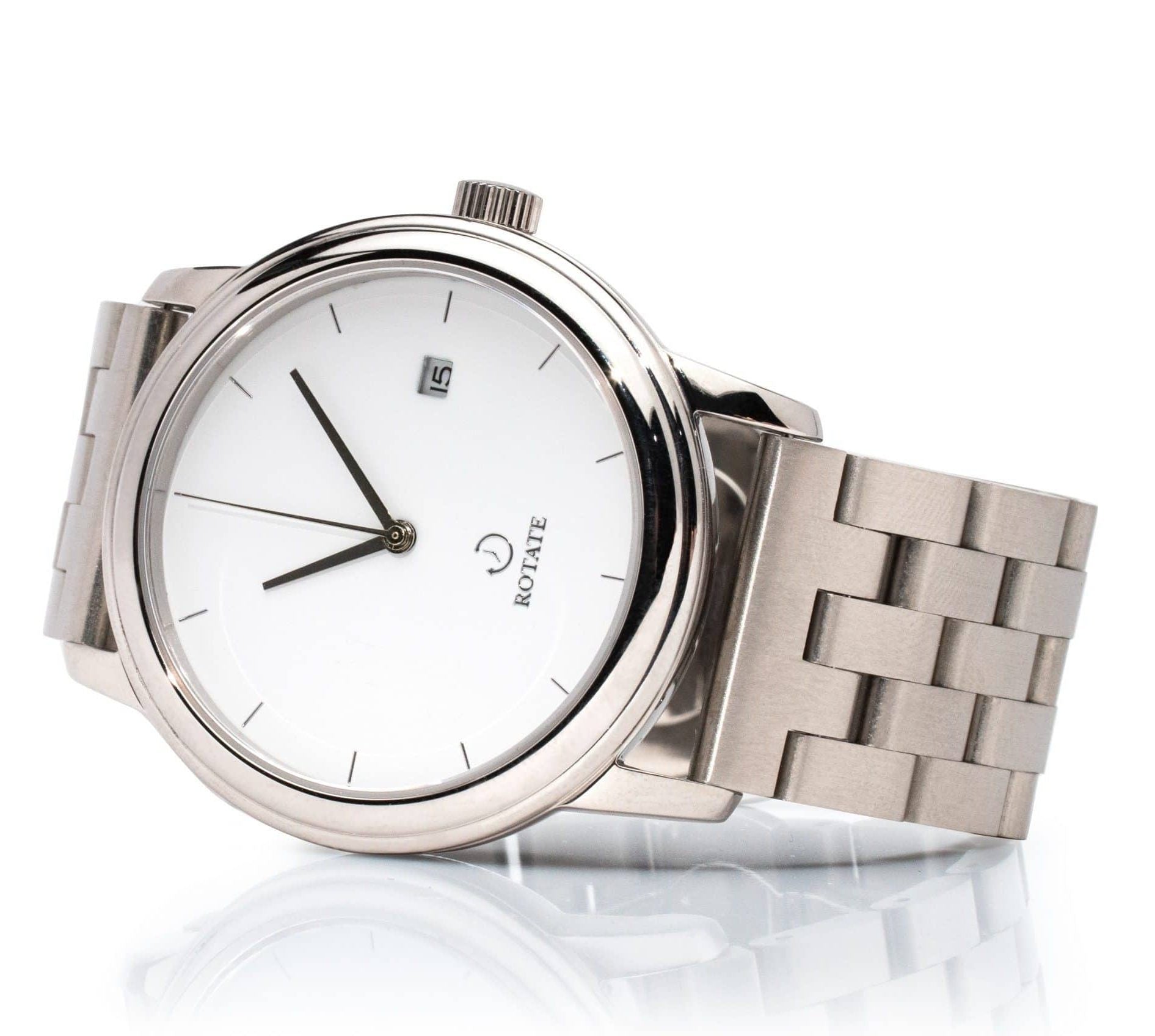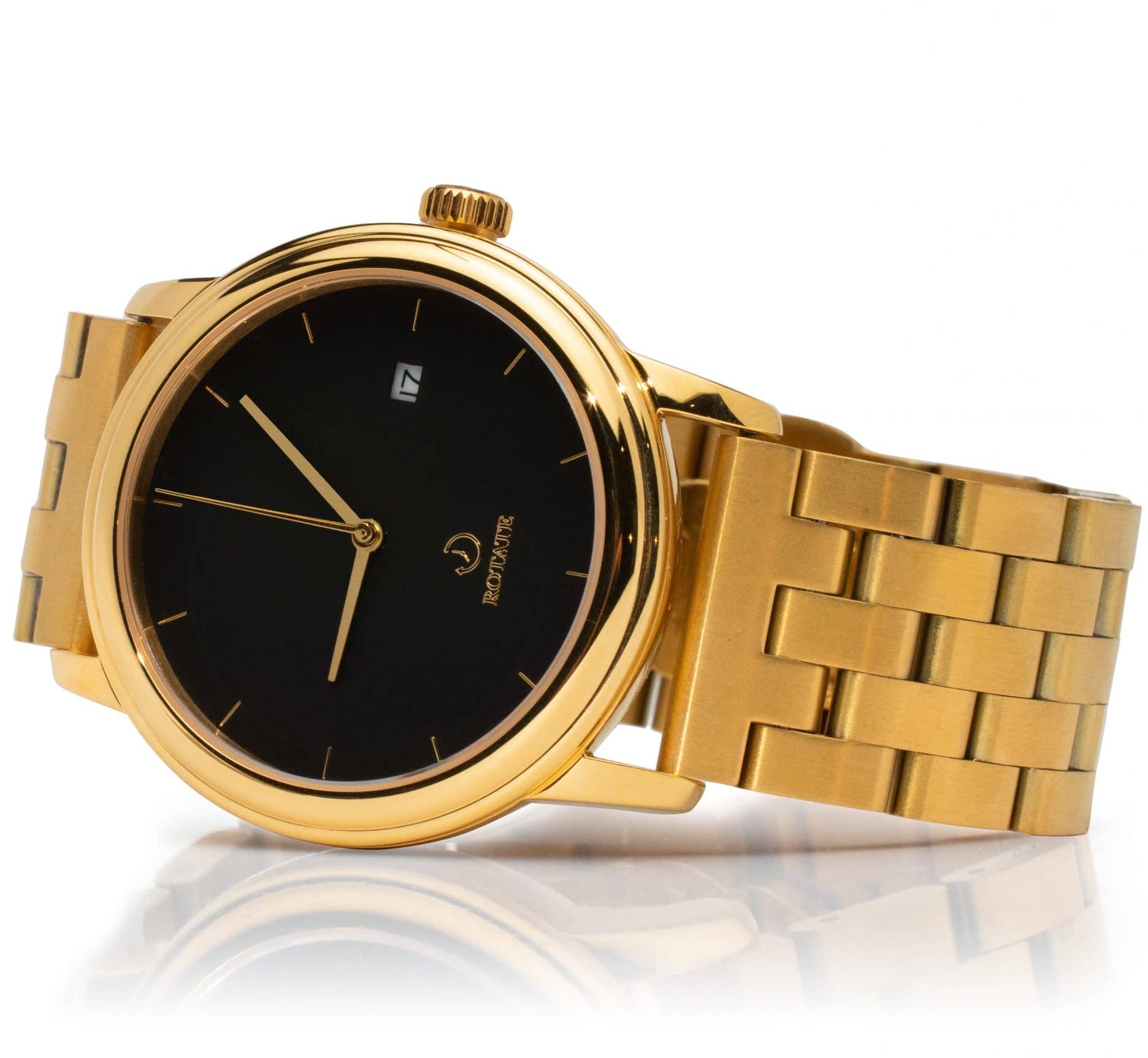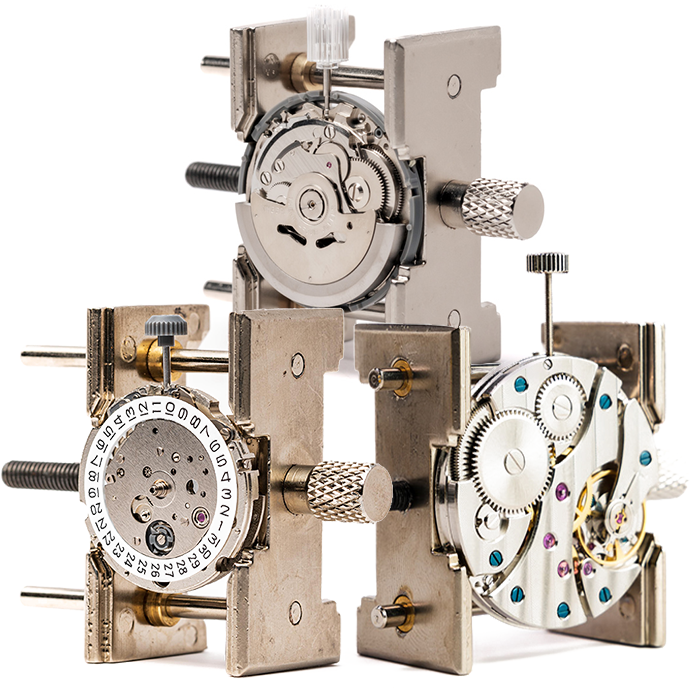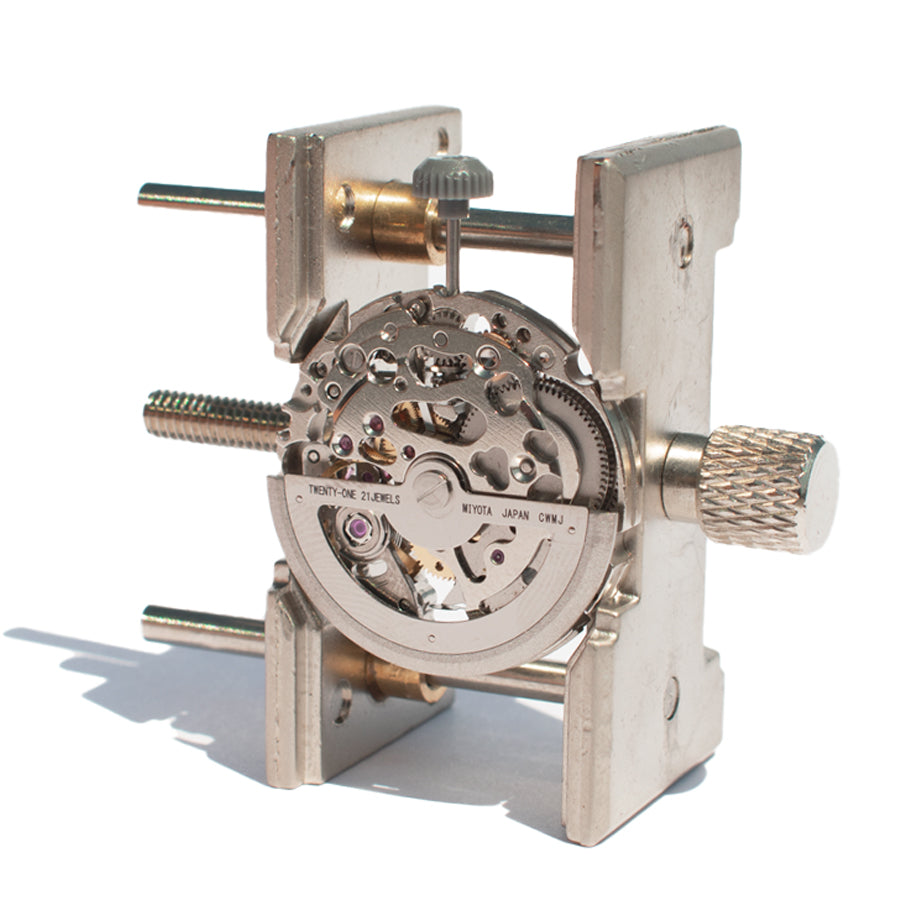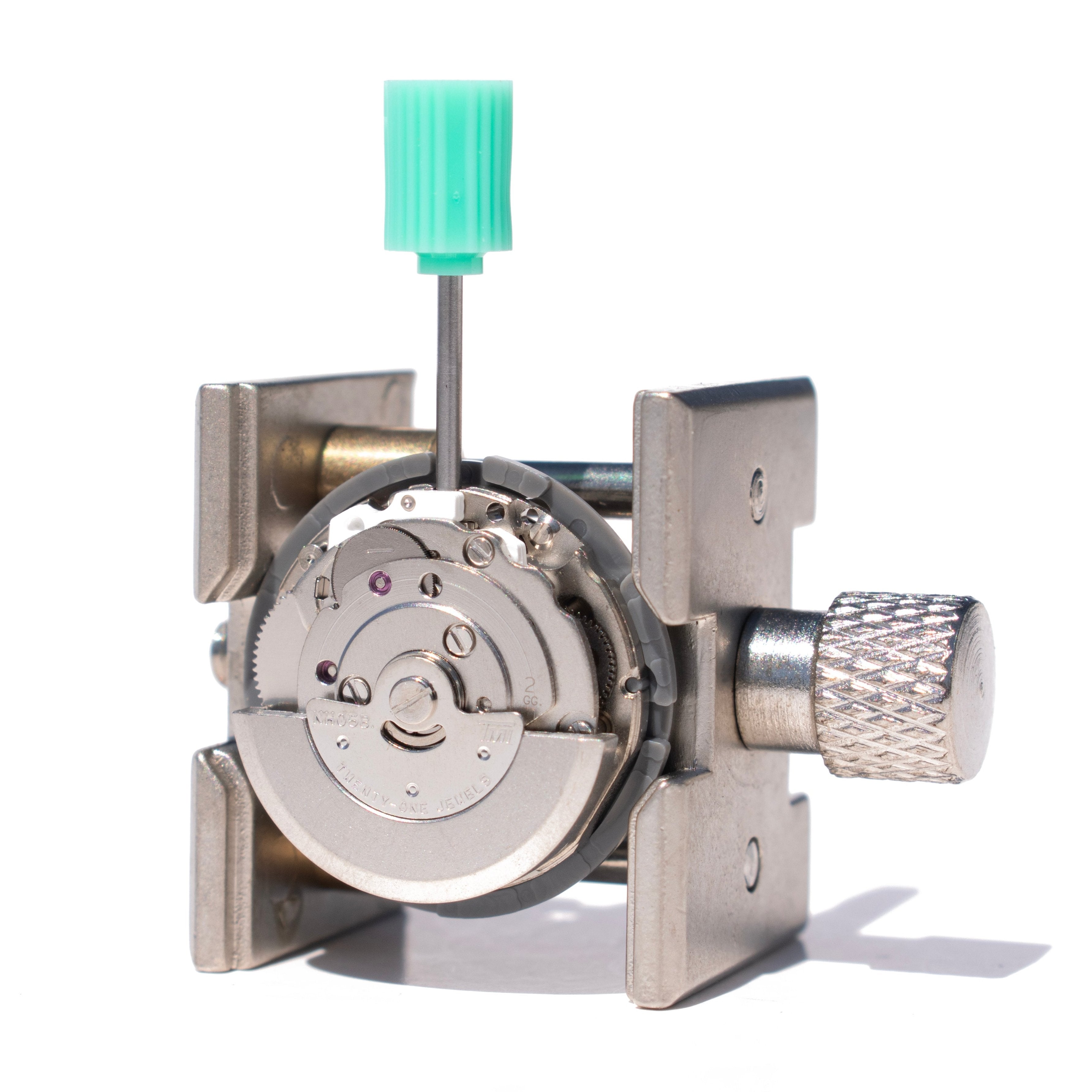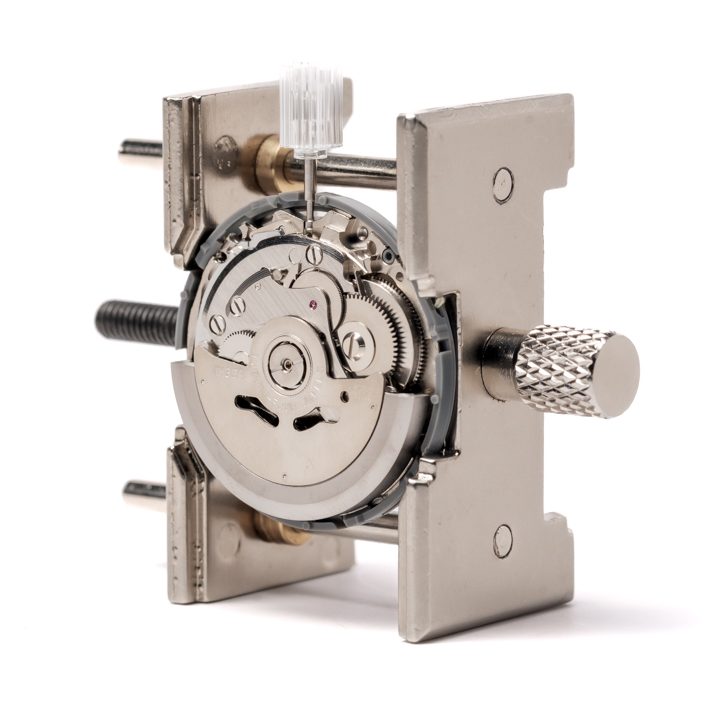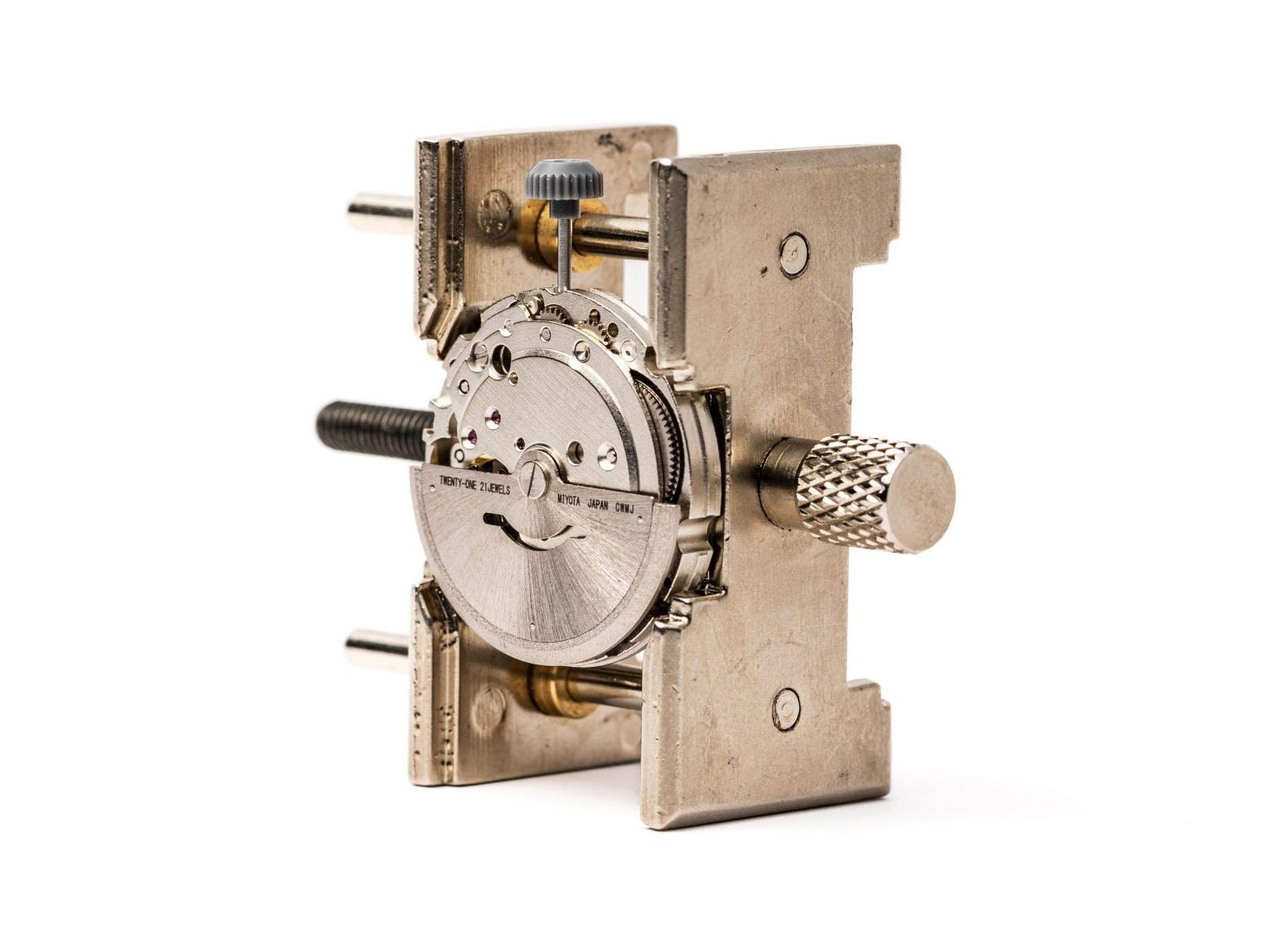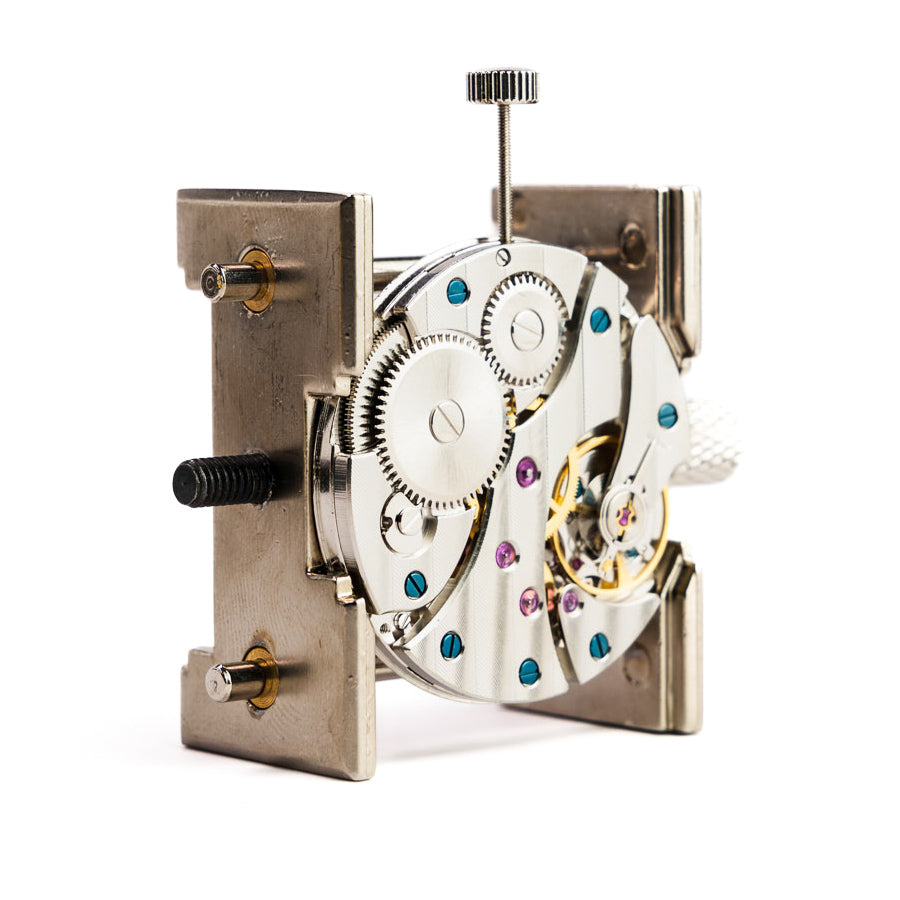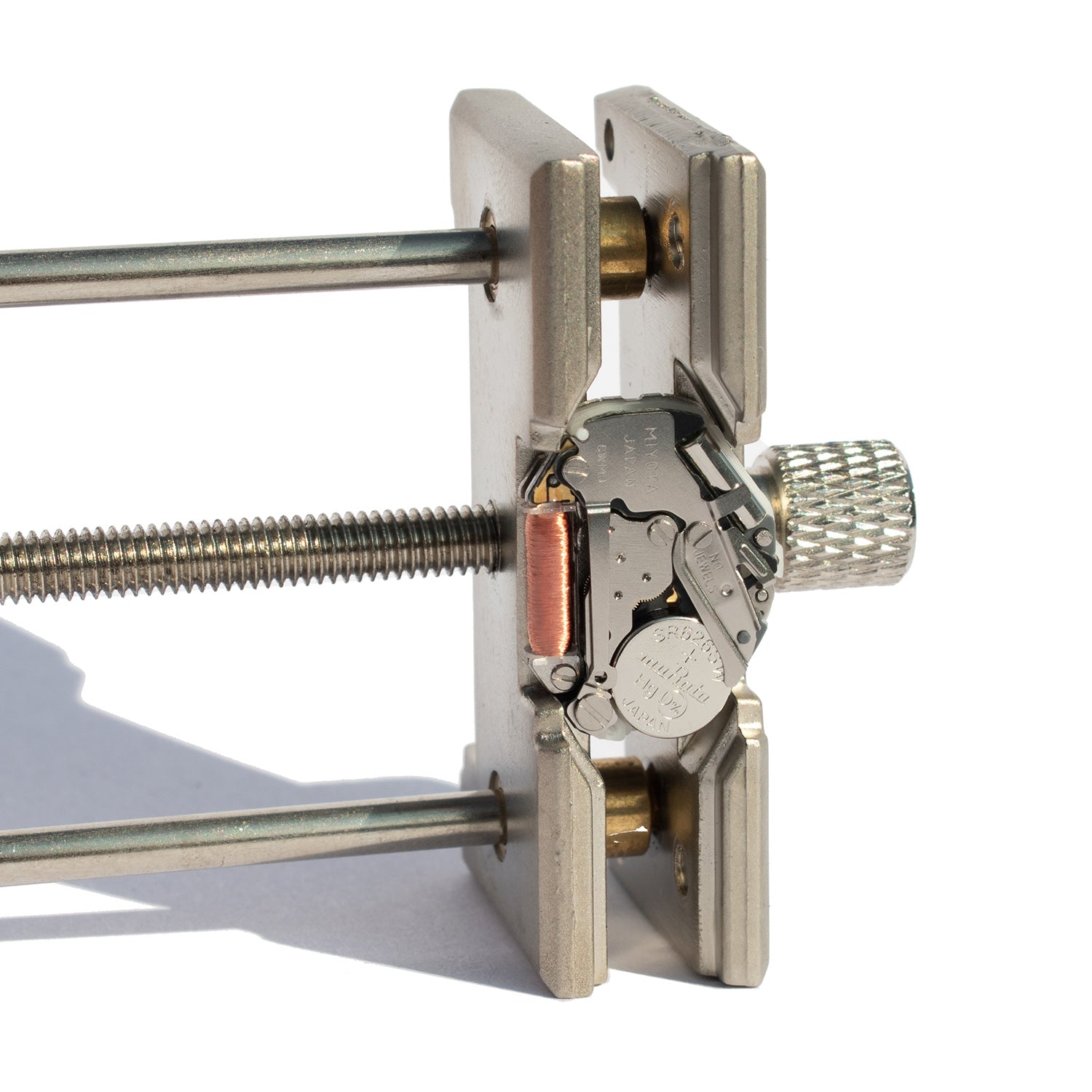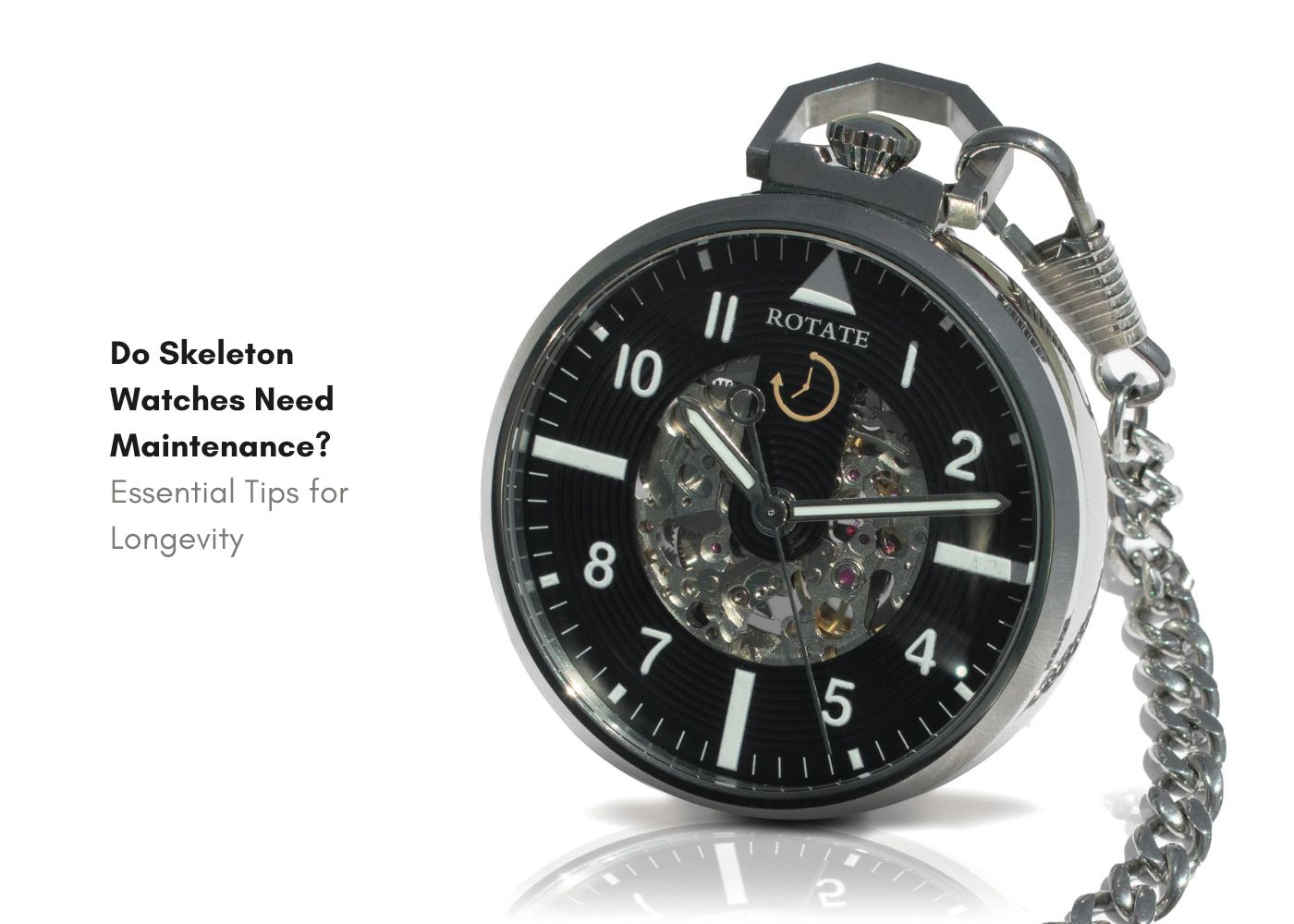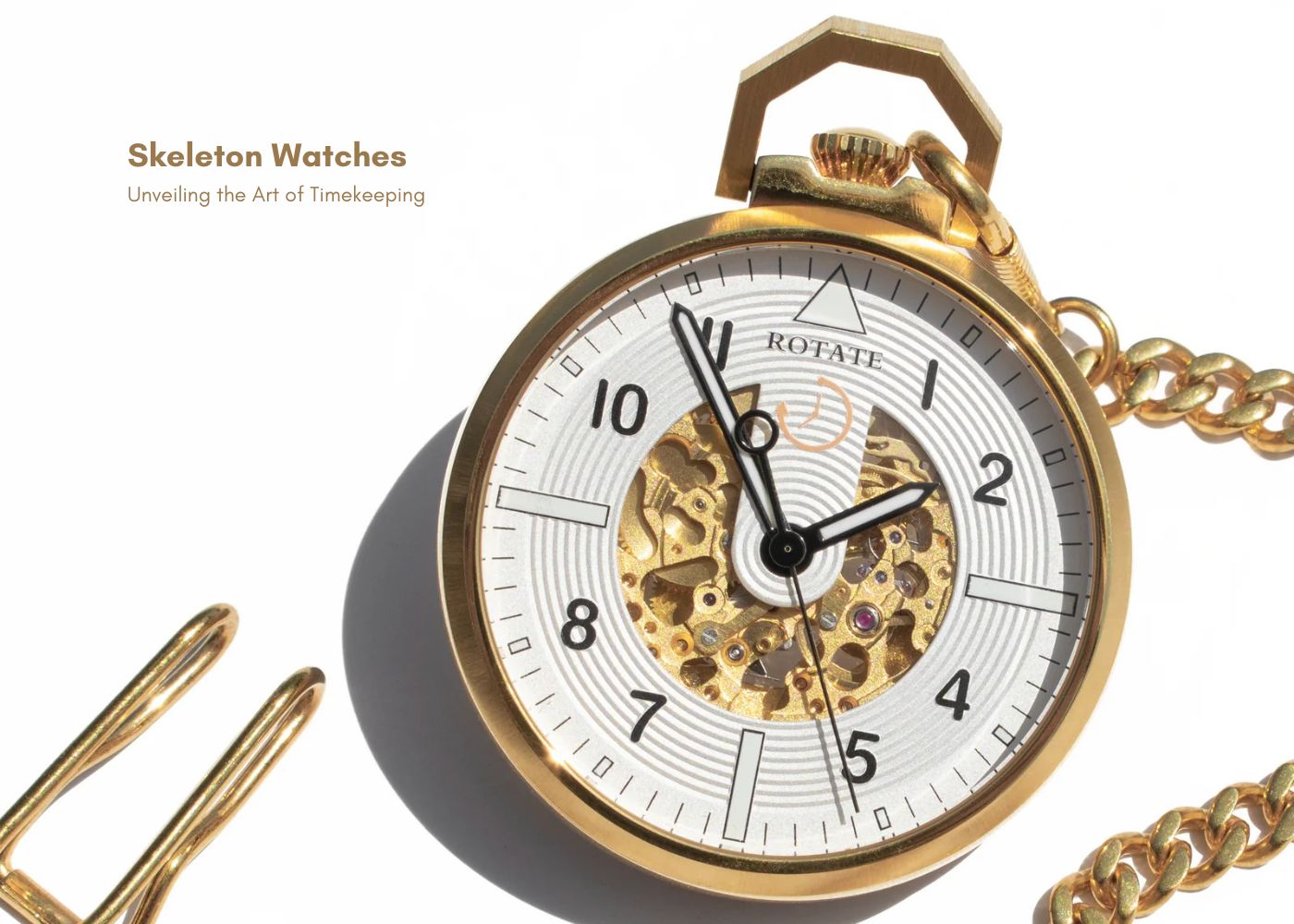
Skeleton Watches: Unveiling the Art of Timekeeping
Have you ever wondered what makes your watch tick? Skeleton watches offer a window into the mesmerizing world of mechanical timekeeping. These marvels of fine watchmaking strip away the mystery, revealing the intricate dance of gears and springs that power our wristworn companions.
Let's embark on a journey through the captivating realm of skeleton timepieces, exploring their history, craftsmanship, and why they've become sought-after examples of horological artistry.
What Are Skeleton Watches?
Imagine a watch where the dial has been carefully cut away, exposing the beating heart of the timepiece. That's the essence of a skeleton watch. Instead of a solid face, you'll see a network of gears, springs, and other mechanical components, all working in harmony to keep time.
The appeal lies in the transparency - both literal and figurative. Skeleton watches celebrate the inner workings that are usually hidden from view, turning the act of timekeeping into a visual spectacle.
A Brief History: From Pocket to Wrist
The concept of skeletonization in watchmaking dates back to the late 18th century. Pocket watches were the first to receive this treatment, with watchmakers like André-Charles Caron in France pioneering the technique. Through careful removal of excess metal from the movement, they created intricate, lace-like designs that showcased their skill while reducing the watch's weight.
As wristwatches gained popularity in the early 20th century, the art of skeletonization evolved. Brands like Audemars Piguet and Vacheron Constantin began creating wrist-worn skeleton timepieces, elevating them to the realm of luxury watches.
The Craftsmanship Behind Skeleton Watches
Creating a skeleton watch is a delicate balance of form and function. Watch craftsmanship reaches its pinnacle in these timepieces, requiring a combination of technical skill and artistic vision.
The process typically involves:
-
Movement selection: Watchmakers start with a base movement, often choosing one with interesting architectural features.
-
Design planning: Careful consideration goes into deciding which parts of the movement to expose and how to arrange the visible components aesthetically.
-
Skeletonization: Using precision tools, excess metal is carefully removed from plates and bridges. This step requires immense skill to maintain structural integrity while maximizing visibility.
-
Finishing: The exposed components receive decorative treatments like polishing, engraving, or applying special coatings. This enhances both beauty and durability.
-
Assembly: The skeletonized movement is carefully put back together, ensuring perfect alignment and functionality.
-
Testing: Rigorous quality control ensures the watch keeps accurate time despite its open design.
For those fascinated by this process, Rotate Watches offers DIY kits that let you experience a taste of watchmaking firsthand. Their Hudson Watchmaking Kit includes a skeleton dial, allowing you to see the inner workings of your creation.
Popular Brands in Skeleton Watchmaking
While many watchmakers offer skeleton models, some have truly mastered the art:
-
Audemars Piguet: Known for their Royal Oak Openworked series, blending sporty design with haute horlogerie.
-
Cartier: Offers elegant, architectural skeleton designs across various collections.
-
Zenith: The El Primero Skeleton showcases their high-frequency chronograph movements.
-
Hublot: Creates bold, contemporary takes on skeletonization using innovative materials.
For those looking to dip their toes into the world of skeleton watches without breaking the bank, Rotate Watches offers an accessible entry point with their Hudson Watchmaking Kit.
The Appeal of Skeleton Watches
Why do watch enthusiasts gravitate towards these mechanical marvels? Here are a few reasons:
-
Visual fascination: Watching the intricate components work in real-time is mesmerizing.
-
Appreciation of craftsmanship: Skeleton watches showcase the skill involved in fine watchmaking.
-
Conversation starters: These unique timepieces often spark interesting discussions.
-
Educational value: Seeing the movement in action helps understand how mechanical watches work.
Building Your Own Skeleton Watch
For those who want to take their appreciation of watch craftsmanship to the next level, building your own skeleton watch can be an incredibly rewarding experience. Rotate Watches offers DIY kits that guide you through the process step-by-step.
Their Earle Watchmaking Kit includes a Japanese Miyota 8N24 Automatic Movement, known for its reliability and 42-hour power reserve. The kit comes with all necessary tools and an easy-to-follow guide, making it accessible even for beginners.
Caring for Your Skeleton Watch
Owning a skeleton watch requires a bit more attention than a standard timepiece:
-
Keep it clean: Dust can accumulate on exposed components more easily. Use a soft brush or compressed air to gently remove debris.
-
Handle with care: The open design can make some parts more vulnerable to impact. Avoid rough handling.
-
Regular winding: For manual wind models, maintain consistent power to keep all components properly lubricated.
The Future of Skeleton Watches
As materials science and manufacturing techniques advance, we can expect even more innovative skeleton designs. Some watchmakers are experimenting with non-traditional materials like carbon fiber and transparent ceramics, pushing the boundaries of what's possible in luxury watches.
For those intrigued by the inner workings of timepieces, Rotate Watches offers a unique opportunity to explore movement assembly with their Earle Watchmaking Kit. This hands-on experience deepens your appreciation for the complexity of mechanical watches.
Conclusion
Skeleton watches represent the perfect fusion of art and engineering in the world of horology. Whether you're admiring a haute horlogerie masterpiece or assembling your own with a kit from Rotate Watches, these timepieces offer a unique window into the fascinating world of mechanical timekeeping.
Ready to start your journey into the world of watchmaking? Explore Rotate Watches' collection of watch movement kits and take the first step towards creating your own mechanical marvel.
FAQs
Q. What are skeleton watches?
Skeleton watches have transparent dials or case backs, revealing the inner workings of the movement. They showcase the artistry of mechanical timekeeping.
Q. Who are the best brands for skeleton watches?
Top luxury brands include Audemars Piguet, Cartier, and Zenith. For DIY enthusiasts, Rotate Watches offers accessible skeleton watch kits.
Q. How are skeleton watches made?
Watchmakers carefully remove excess metal from movements, then apply decorative finishes. The process requires precision to maintain functionality while maximizing visibility.
Q. What makes skeleton watches unique?
Skeleton watches offer a visual connection to watchmaking artistry. They showcase intricate mechanics usually hidden from view, appealing to enthusiasts and collectors alike.


